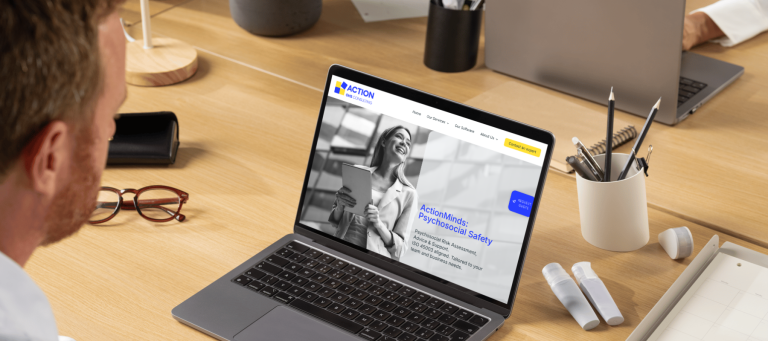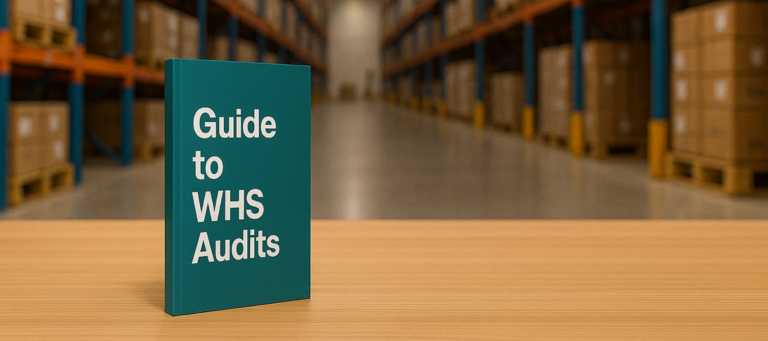Are you considering a small to medium-sized event and don’t know where to start?
The key is in the planning!
Event organisers have a duty of care under the Occupational / Workplace Health and Safety legislation, to provide a healthy and safe environment for all persons involved.
From workers and volunteers to performers and contractors, and of course, the patrons, ensuring the safety of everyone is paramount. Organisations can create a secure, safe, and enjoyable environment through robust planning and dedicating time upfront to identify and control hazards.
Pre-Event Preparations
Engaging safety professionals is essential for thorough event safety planning. Build a team that specialises in risk management and has a working knowledge of applicable health and safety legislation. This knowledge should extend to local and/or state regulations, relevant standards, guidelines, and permits for the type of event.
Before the event, a safety professional, in collaboration with relevant stakeholders, will develop an event policy and formalised framework. This will include event / venue-specific hazards and risk mitigation controls.
A detailed timeline within the event plan will ensure documented safety activities during setup (Bump In), the event day, and pack down (Bump Out). Training, monitoring and event consultation meetings are crucial, as well as thorough reporting, inspections and a debrief to ensure continuous improvement and lessons learnt for future events.
Things to consider in an event safety plan
Your event safety plan should encompass various elements depending on the event, the size, design and layout, venue, ticketing status, as well as:
- Emergency Management, Fire Safety and Incident Response: Establish protocols in consultation with event organisers and specific venue requirements for managing emergencies, entry and exit points, emergency teams, reporting and investigation of hazards and incidents.
- Communication, consultation and training: Establish roles and responsibilities, staff training in safety procedures and documented communication channels for crucial rapid response to an incident and/ or other changing conditions.
- Change in conditions: Consider extreme weather conditions, illness, absenteeism, fatigue, unforeseen circumstances, local disruptions and event threats or violence.
Continuous review and inspection!
- Clean up, rubbish and recycle control: Consideration for the entire event and state requirements
- Amenities, Noise and Lighting Control: Review amenities fit for the event, adequate and safe lighting throughout the event and noise control measures.
- Signage and Personal Protective Equipment (PPE): Ensure pre site planning and site inspection are complete to provide clear event signage and direction during the event. Establish PPE for all event staff.
- Accessibility and Child Safe standards: Understanding child safety standards and accessibility for all
Parking and transport, road disruptions?
- Traffic Management: Document traffic management plans documented with consideration for bump in and out, as well as public safety during the event.
- Security and Crowd Management Strategies: Collaborate with local authorities, local police, council, fire services, first aid providers, security, medical support teams, and state regulators to maintain security and manage crowds effectively.
- Contractor Management: Determine a system to facilitate adequate contractor management requirements, aligned with your event risk safety profile and plans. Including licences, risk assessments, safe work method statements and compliance certifications.
- High-Risk work and Area Exclusion Zones: Consider work requirements, designated exclusion zones and define high-risk areas and event authorised personnel.
The safety of everyone is paramount!
- Hazardous Materials and Dangerous Goods: Ensure safe handling and storage of hazardous materials, including gas and electrical equipment which will also form part of your emergency management plan.
- Plant and equipment, Electrical, Construction and infrastructure Safety: Identify and control electrical safety, plant and equipment and manufacturing and supplier standards/compliance. Working at height, forklifts, elevated work platforms, scaffold. The use of stages, platforms, temporary marquees, or other structures.
- Food Safety Compliance and Alcohol and drug related management: Ensure food vendors comply with safety standards and the necessary liquor licenses are obtained prior to the event. Establish Alcohol and drug related management plans.
- Special Attractions: Consider what special attractions will be at the event and the relevant legislation, standards and guidelines. Inflatables, pyrotechnics, amusement rides, roaming entertainers, laser shows, drones, water parks (water safety), dance floors, stands and market stalls.
Choosing the Right Safety Team
Selecting the right team is crucial for the success of your event safety plan. They should have expertise in risk management and health legislation.
- Expertise: Select a team of experienced risk management professionals with relevant knowledge in event risk management.
- Comprehensive Approach: Choose a team covering all aspects of event safety, from planning to execution.
- Customised Solutions: Ensure the service is tailored to your event’s specific requirements.
- Peace of Mind: A reliable team ensures organisers fulfil their duty of care, providing a safe and enjoyable experience for everyone.
- Tools and resources: Use safety plans or tailored inspection forms to organise tasks and track progress. Platforms like Safety Champion can be helpful.
Resources
OHS Act and Regulations:
Victoria
Occupational Health and Safety Act 2004
Occupational Health and Safety Regulations 2017
New South Wales
Work Health and Safety Act 2011
Work health and Safety regulations 2017
Western Australia
Work Health and Safety Act 2020
Work Health and Safety Regulations 2020
Queensland
Work Health and Safety Act 2011
Work Health and Safety Regulations 2011
South Australia
Work Health and Safety Act 2012
Work Health and Safety Regulations 2012
Australian Capital Territory (ACT)
Work Health and Safety Act 2011
Work Health and Safety Regulations 2011
Tasmania
Work Health and Safety Act 2012
Work Health and Safety Regulations 2012
Other:
State regulators (SafeWork Australia, WorkSafe Victoria, WorkSafe commissioner)
Building Act and state Regulations and National construction code 2021
Place of public entertainment
Electrical Safety Acts and Regulations
First aid Services
Equipment (Public Safety) Act 1994
Dangerous goods Act
Fire Rescue Australia
Code of practice for storage and handling of dangerous goods
Gas Safety Act 1997
Australian Standard: Amusement Rides and Devices
Food act 2003 and Food regulations, Food Handling and Food standards
Liquor and Gaming
Responsible service of alcohol (state)
At Action OHS Consulting, we know safety. Enquire now and tell us about your next event!







